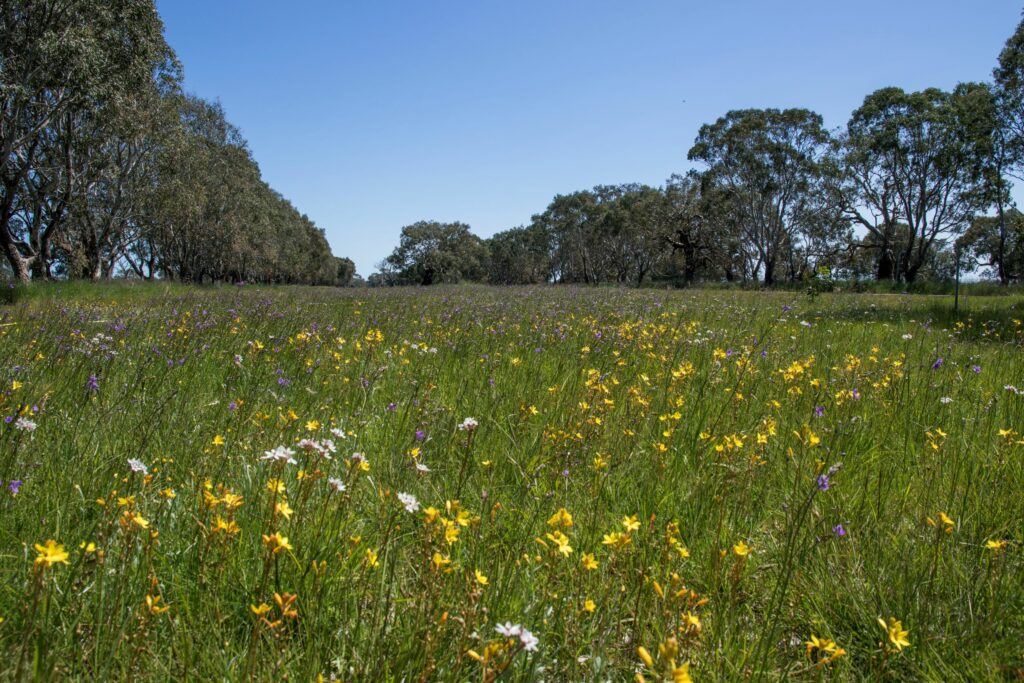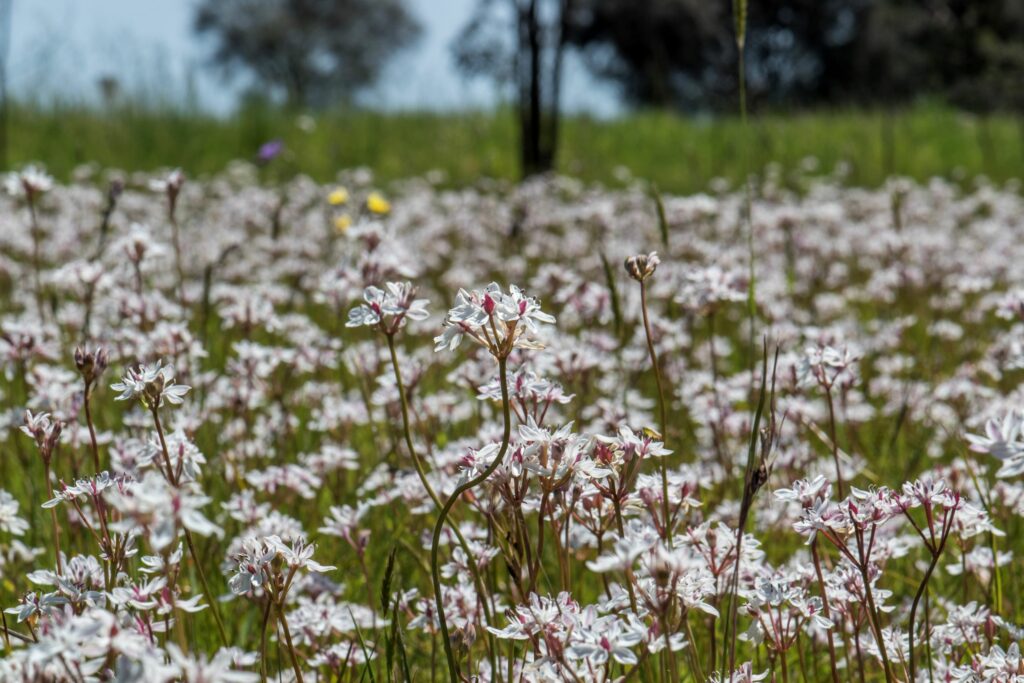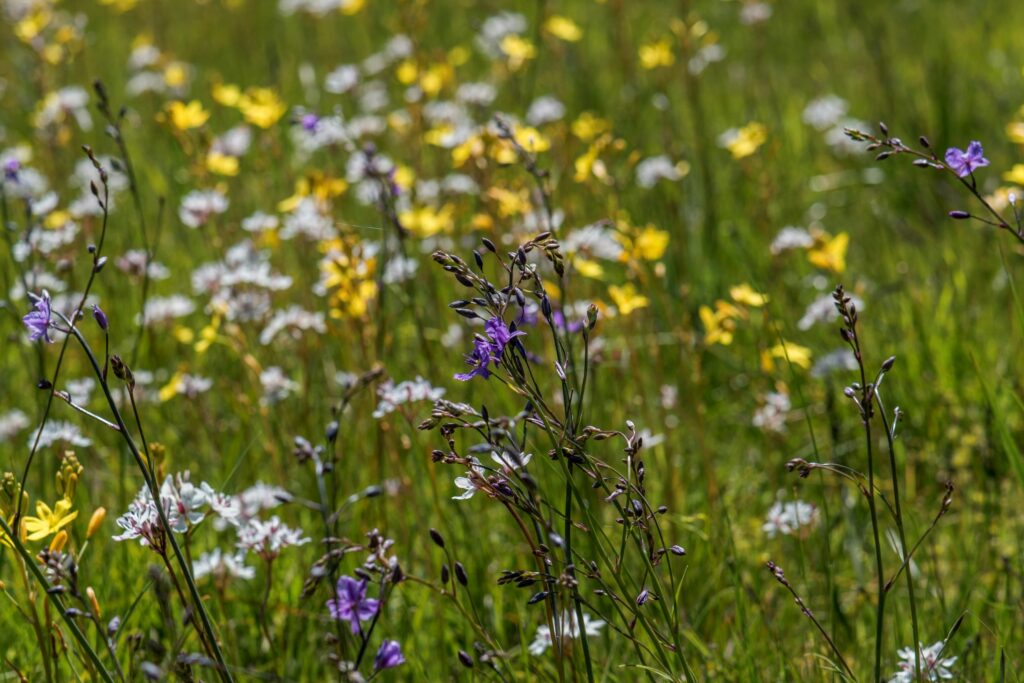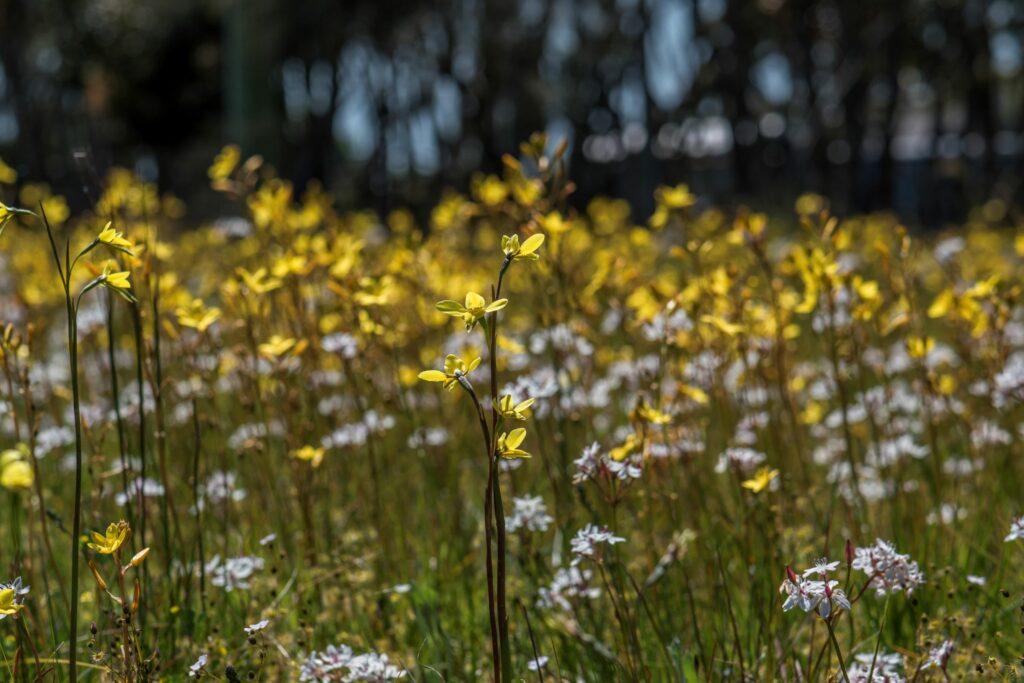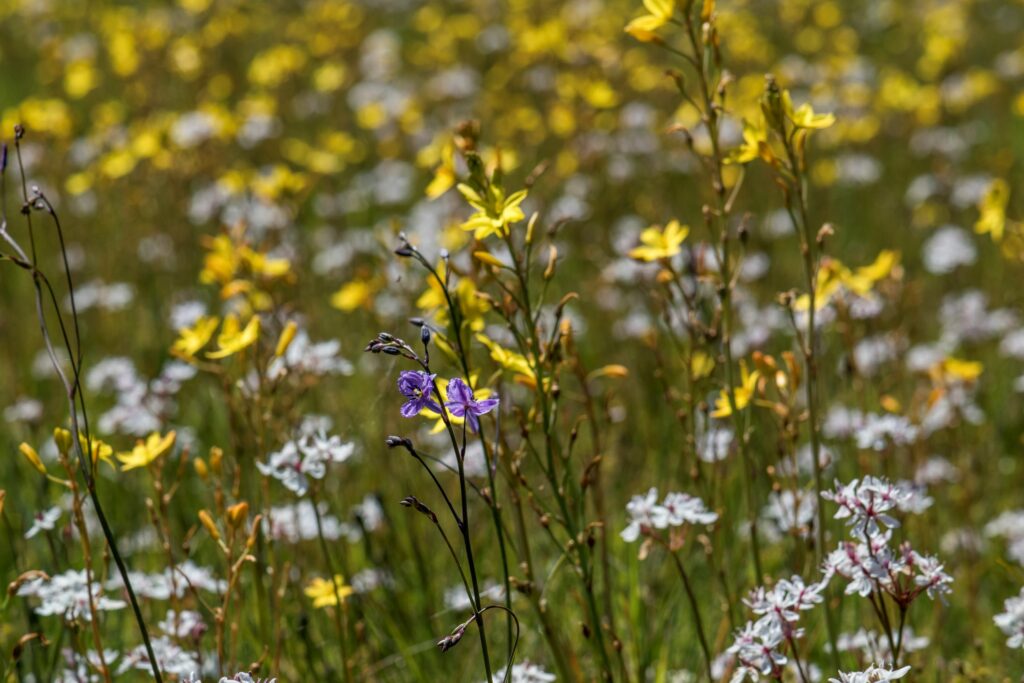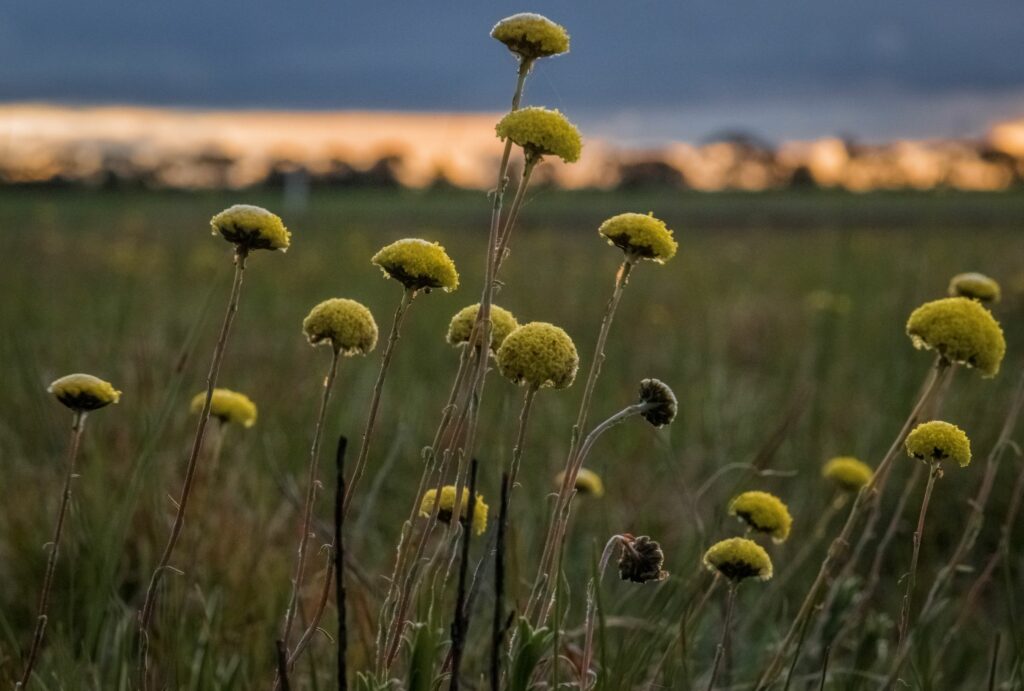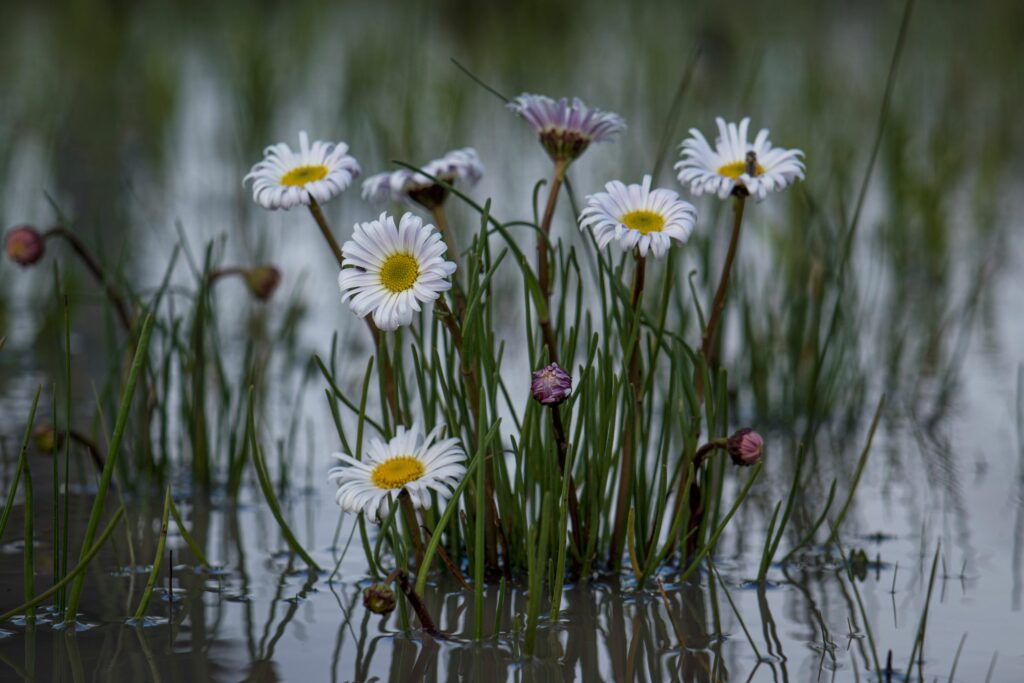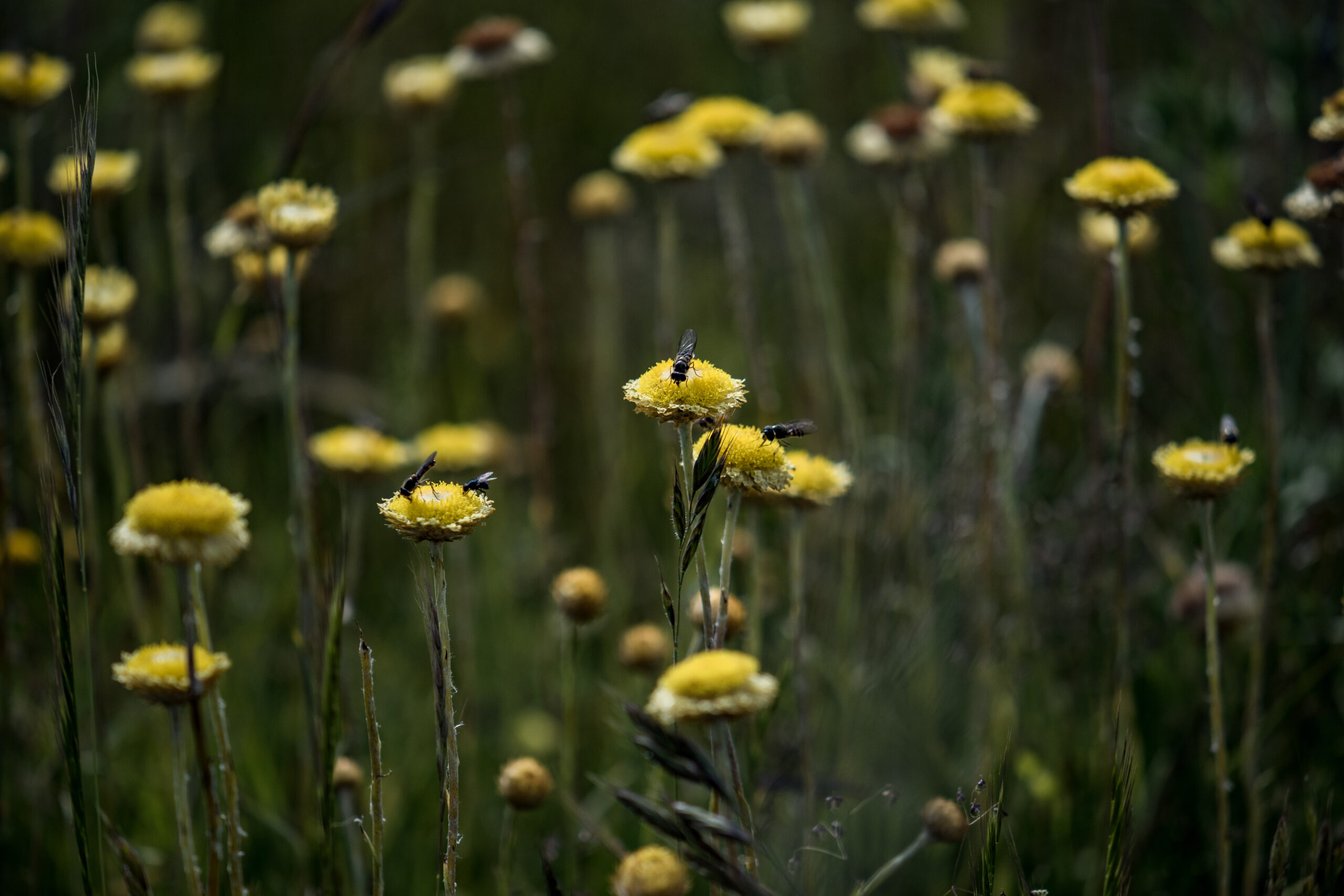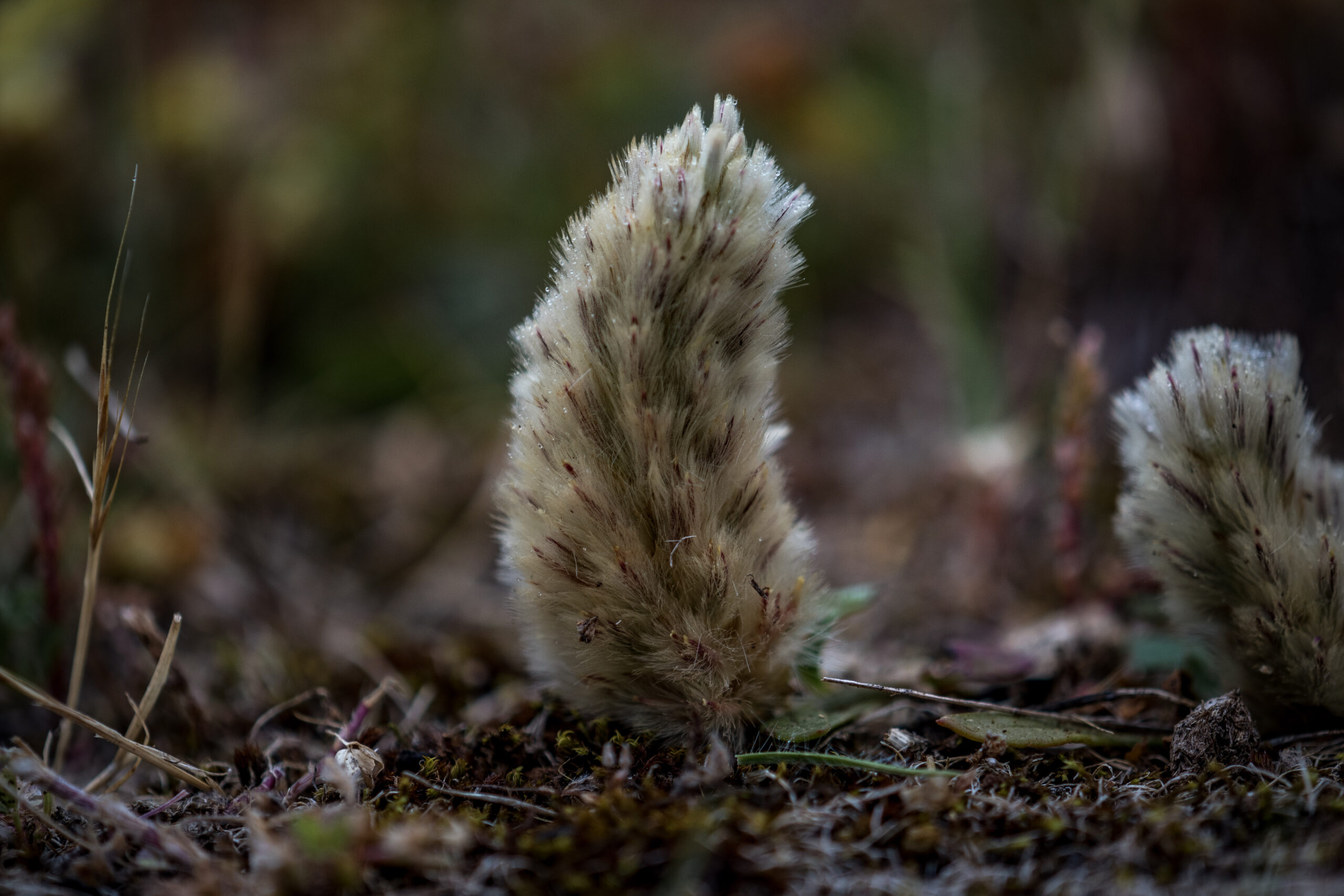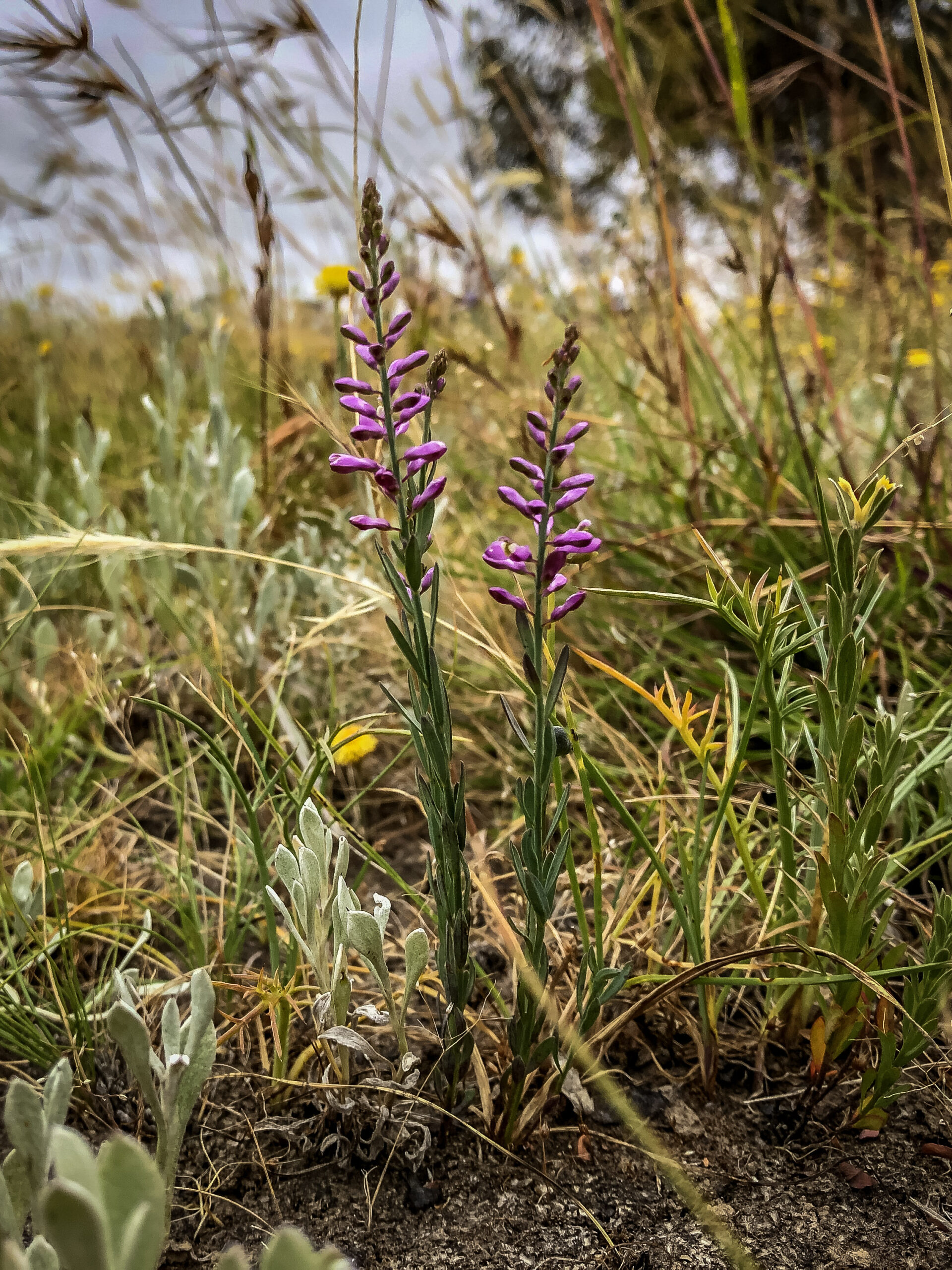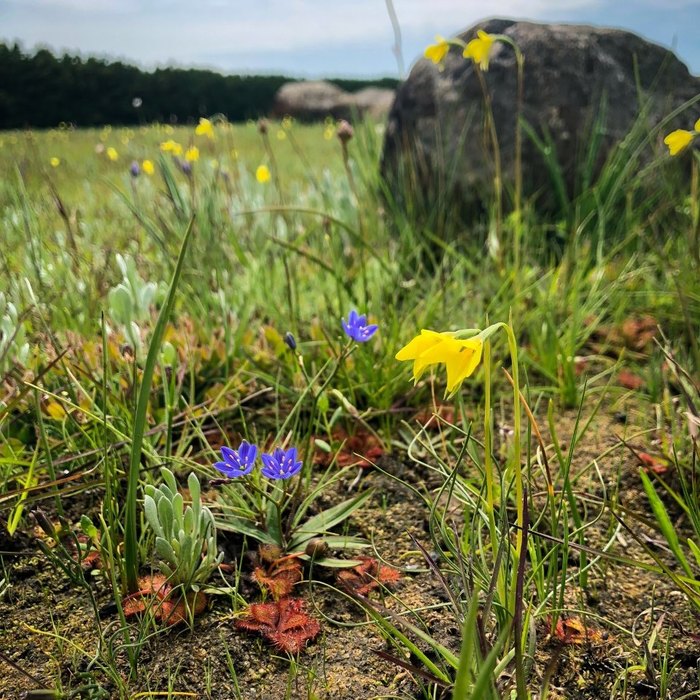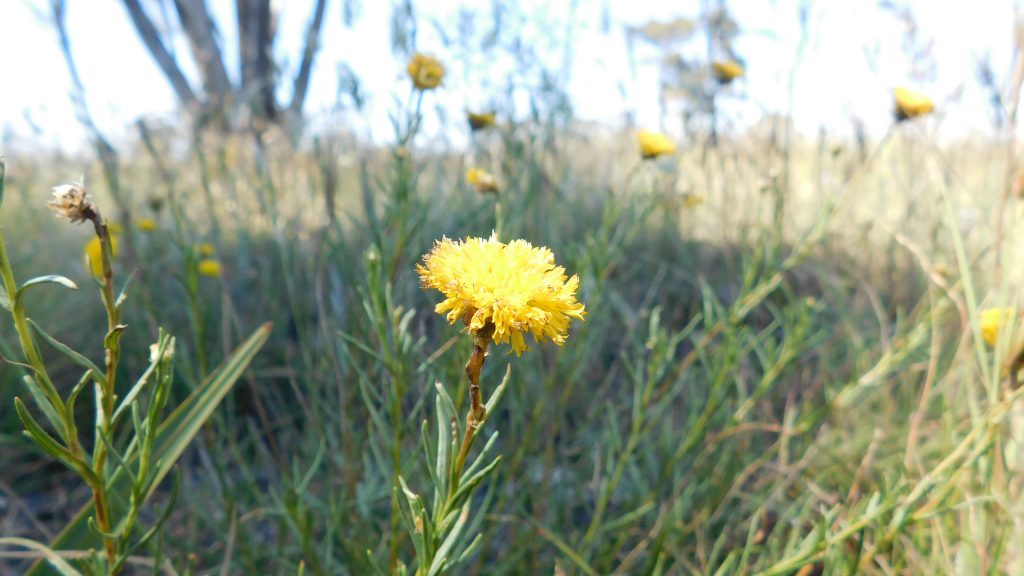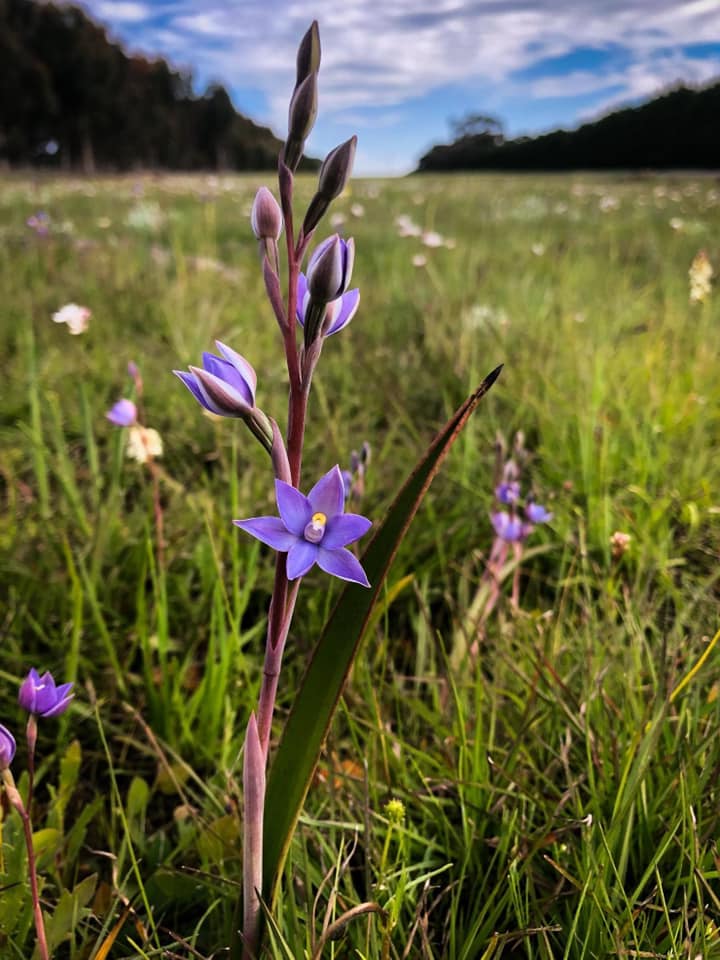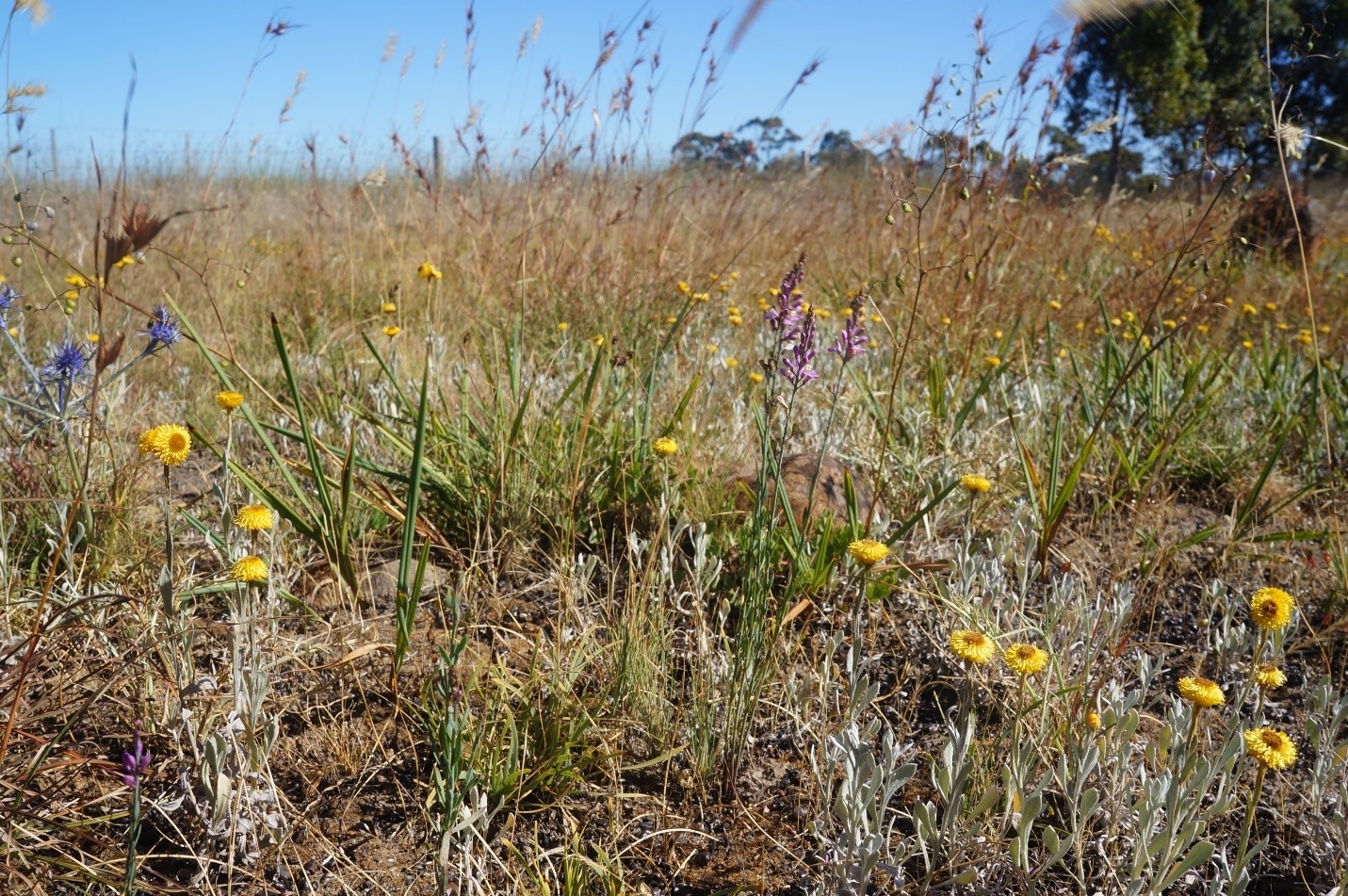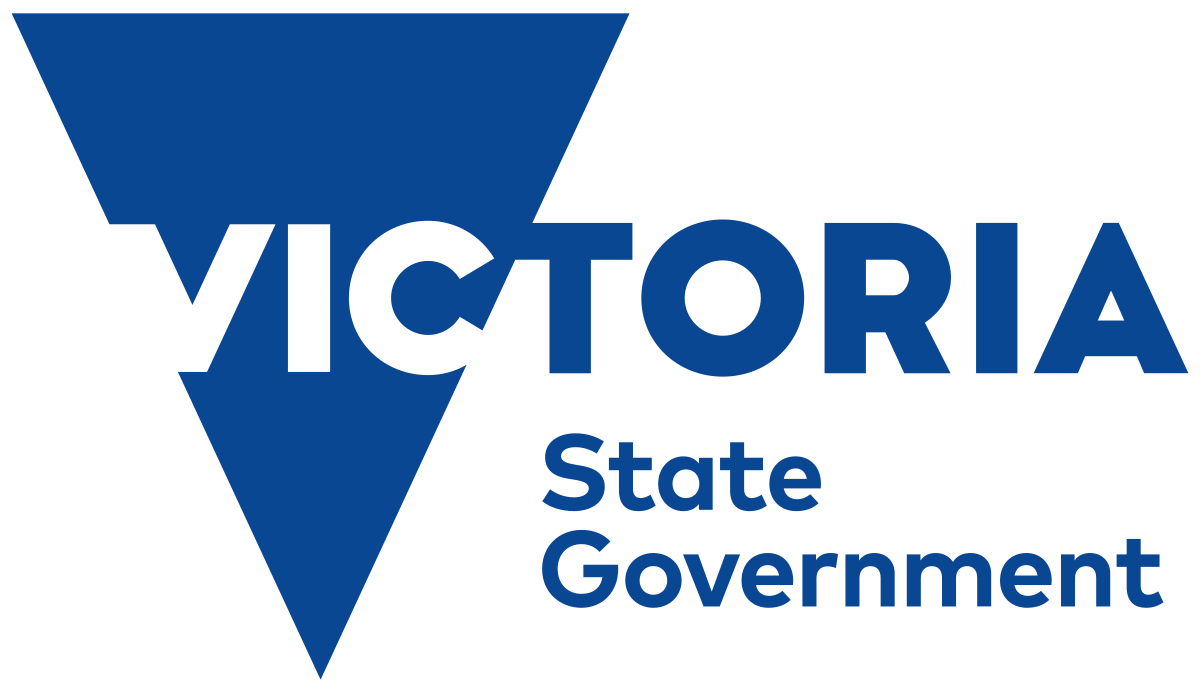Grasslands of the Victorian Volcanic Plains

Why the VVP grasslands are so ecologically important
How changing the fire regimes on grasslands can continue to benefit the plants
Glenelg Hopkins CMA delivers a number of projects on the ecologically important Natural Temperate Grasslands of the Victorian Volcanic Plains. This includes recovery of species, land management practices, and pilot projects which aim to develop, improve, maintain and increase the health and condition of grasslands.
What do we do on the grasslands?
The Glenelg Hopkins CMA is delivering projects funded through a number of partners to recover and improve the grasslands of the VVP.
This includes a project funded through the Australian Government’s National Landcare Program, Recovery of the Natural Temperate Grasslands of the Victorian Volcanic Plains.
This $5 million, 5-year project is monitoring and assessing the grasslands, and aiming to improve management techniques, including how fire plays a key role in their management.
The project has also supported the recovery of the endangered Button Wrinklewort plant. The project accidentally located a single plant in a new location which has led to some new and reintroduction activities. Including affectionately naming the plant ‘Button’ and it having it’s own Facebook page.
The VVP team have also been working with LaTrobe University and Regional Roads Victoria to implement a pilot project seeing if aggressive scalping of roadsides and replanting of native grasses is a way to build corridors of grasslands.
Started in 2020, the project began work on the Penshurst-Dunkeld Road in southwest Victoria with large areas of phalaris cleared and sown with indigenous grassland species.
Natural temperate grassland of the Victorian Volcanic Plain is a highly diverse ecological community, rich in native orchids, daisies, lilies, peas and grasses, which provide habitat to small animals such as the Striped Legless Lizard, the Fat-tailed Dunnart, and the Golden Sun Moth.
The diversity of these grasslands is maintained by regular burning, which prevents native grasses and weeds from outcompeting the wildflowers.
This is an ecosystem shaped by thousands of years of Aboriginal land management and burning.


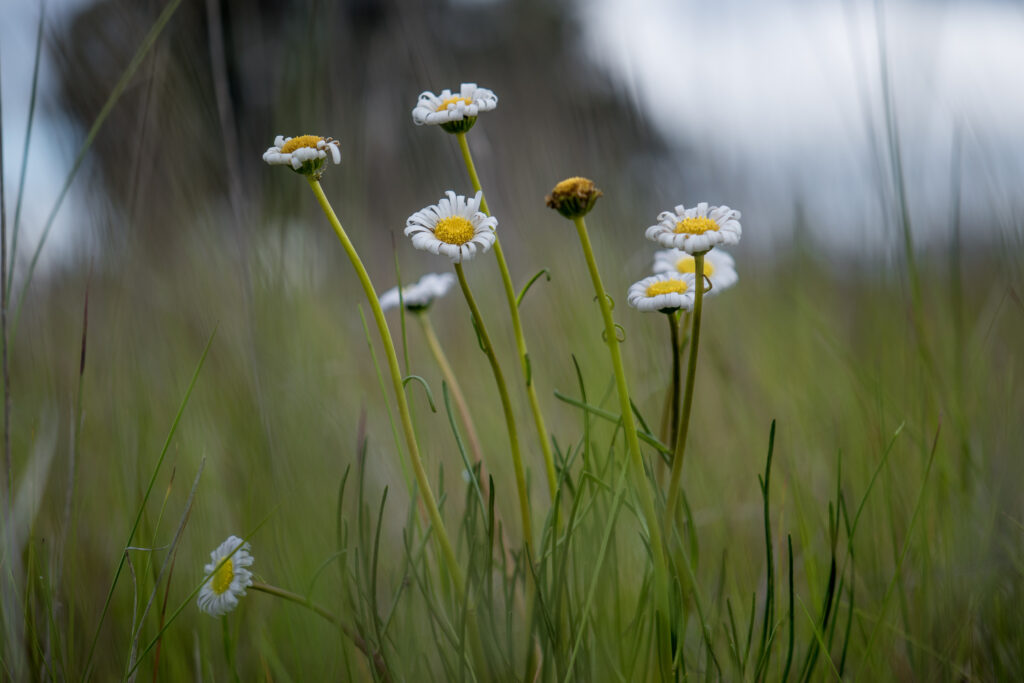
In modern times, these grasslands have become critically endangered. As a result of agricultural development and urbanisation, less than 1% of their original extent remains.
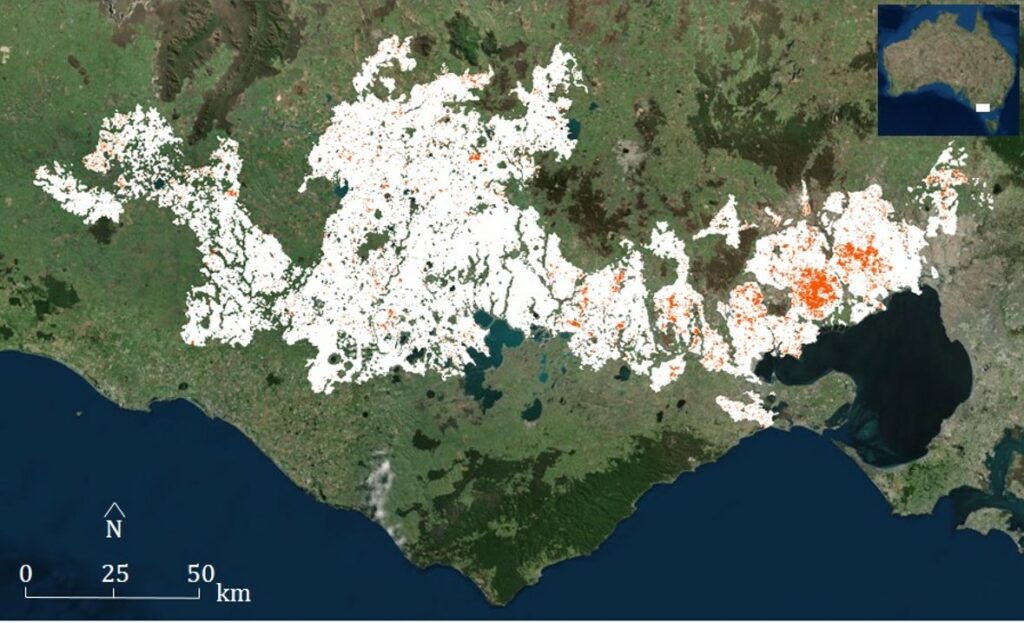
Some of the most diverse grasslands that remain occur on the wide roadsides of southwestern Victoria, which were originally set aside as stock traveling routes, but were burnt often annually by the local farming community to prevent large bushfires from burning farms. This practice dates back to at least the 1940s and led to the accidental conservation of grassland.
The practice of roadside burning, which is undertaken by local CFA volunteers, is in decline. This decline has occurred as farming practises have changed, and people become busy during the burning season, leading to less volunteers being available.
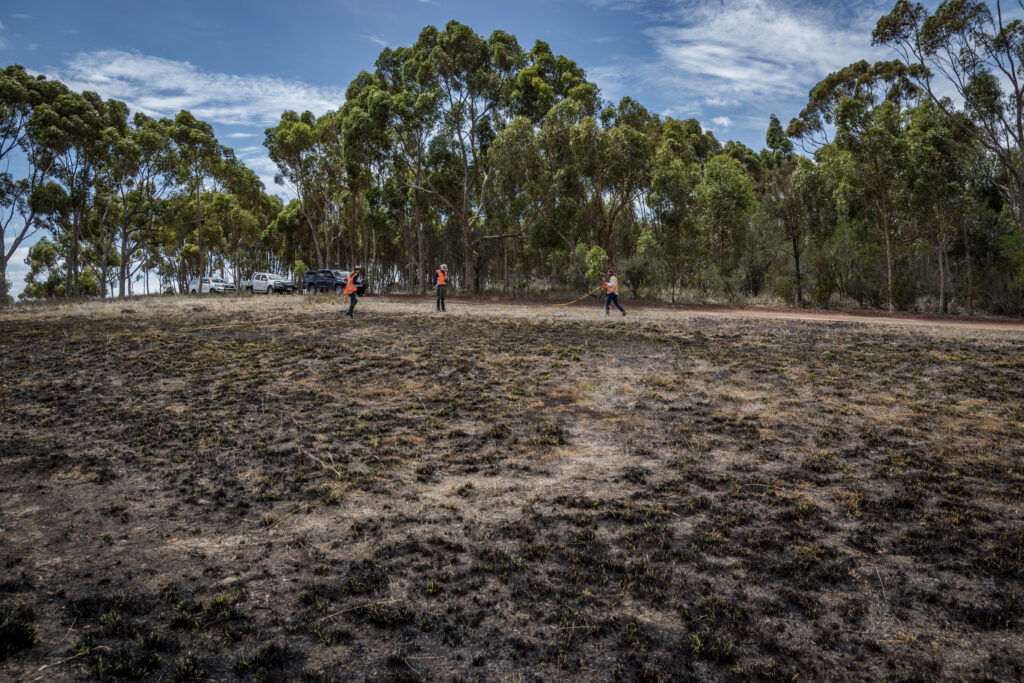
Volunteer fire brigades, such as those in the Westmere region, used to burn almost 500 km of roadside every year. However, in recent years this has dropped to just a few kilometres annually.
A potential solution proposed by the Westmere fire group, is to start burning earlier in the season. For example, in November rather than January.
This would mean that burns would occur when the majority of grassland plants are flowering and before they are able to set seed. However, if burning does not occur at all, then competition would prevent new seedlings from establishing anyway.
A potential solution may be to burn early, but less frequently. For example, an early burn may sacrifice much of that year’s seed, but if the grassland is then spared from burns for the next 2-3 years there will be space for seedlings to establish in the years following the burn.
So in October 2021, the Glenelg Hopkins CMA worked with volunteer brigades in the Westmere fire region to monitor the response of grassland plants to early season burning through a series of monitoring plots. Over the coming year, the CMA will examine what impact the earlier burns have.
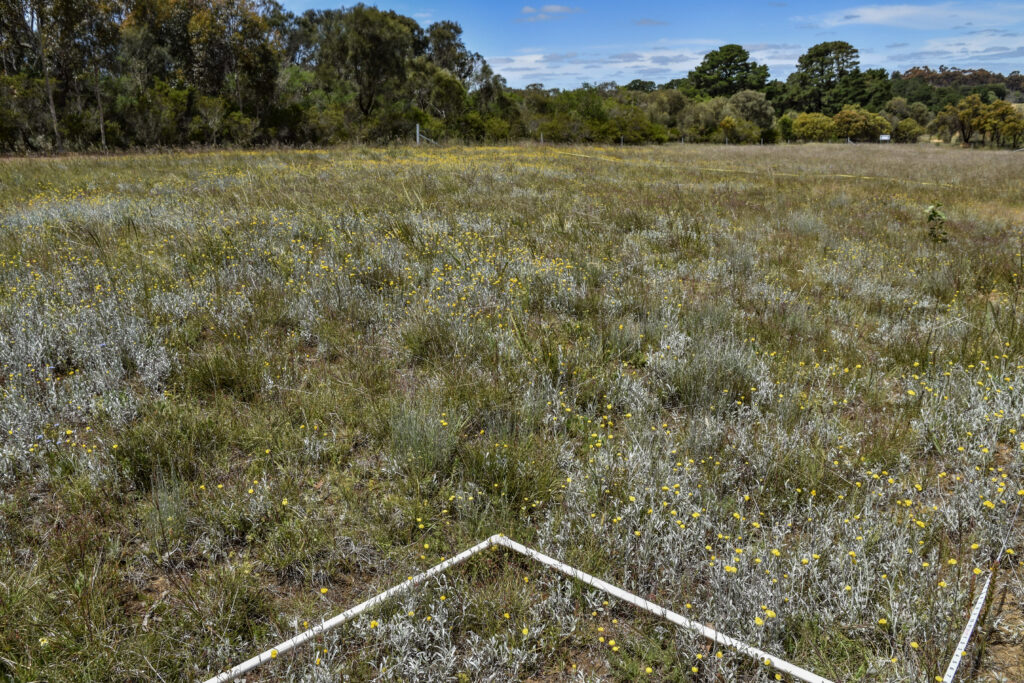
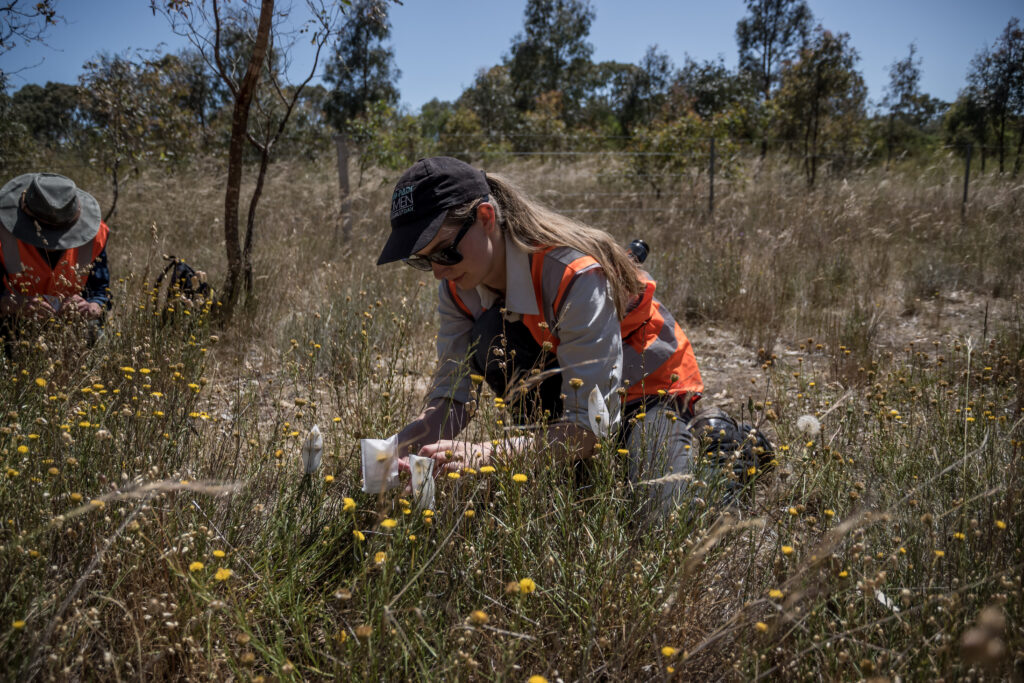
Watch the video on the recovery of the VVP
Monitoring the VVP
The monitoring that happens on the VVP can be as simple as visiting regularly, to specific scientific measurements.
All of it essentially requires people on the ground, counting plants, measuring stems, assessing flower heads … it can even involve golf balls! Throwing golf balls into measuring quadrats allows those monitoring to assess the density of the vegetation.
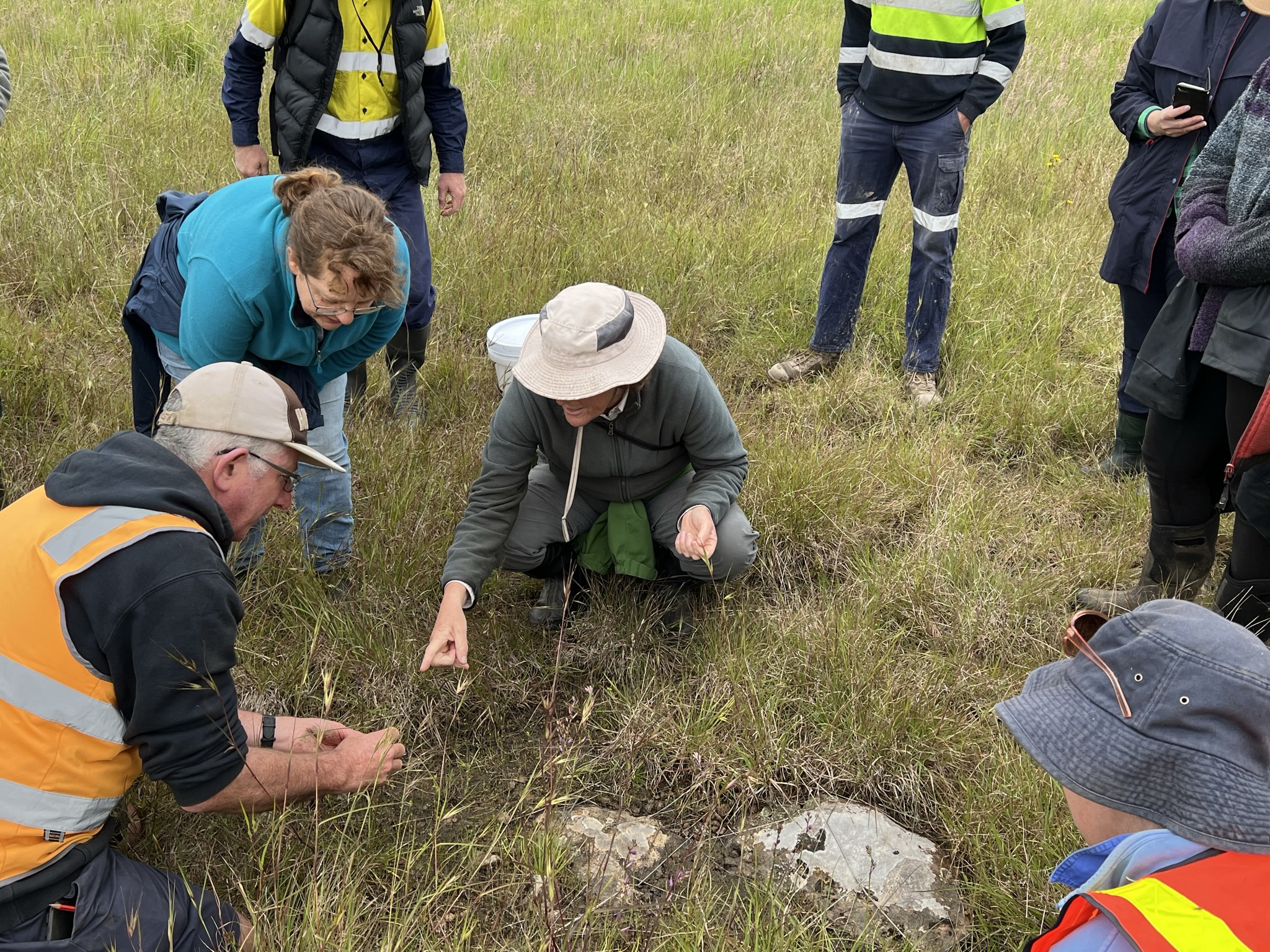
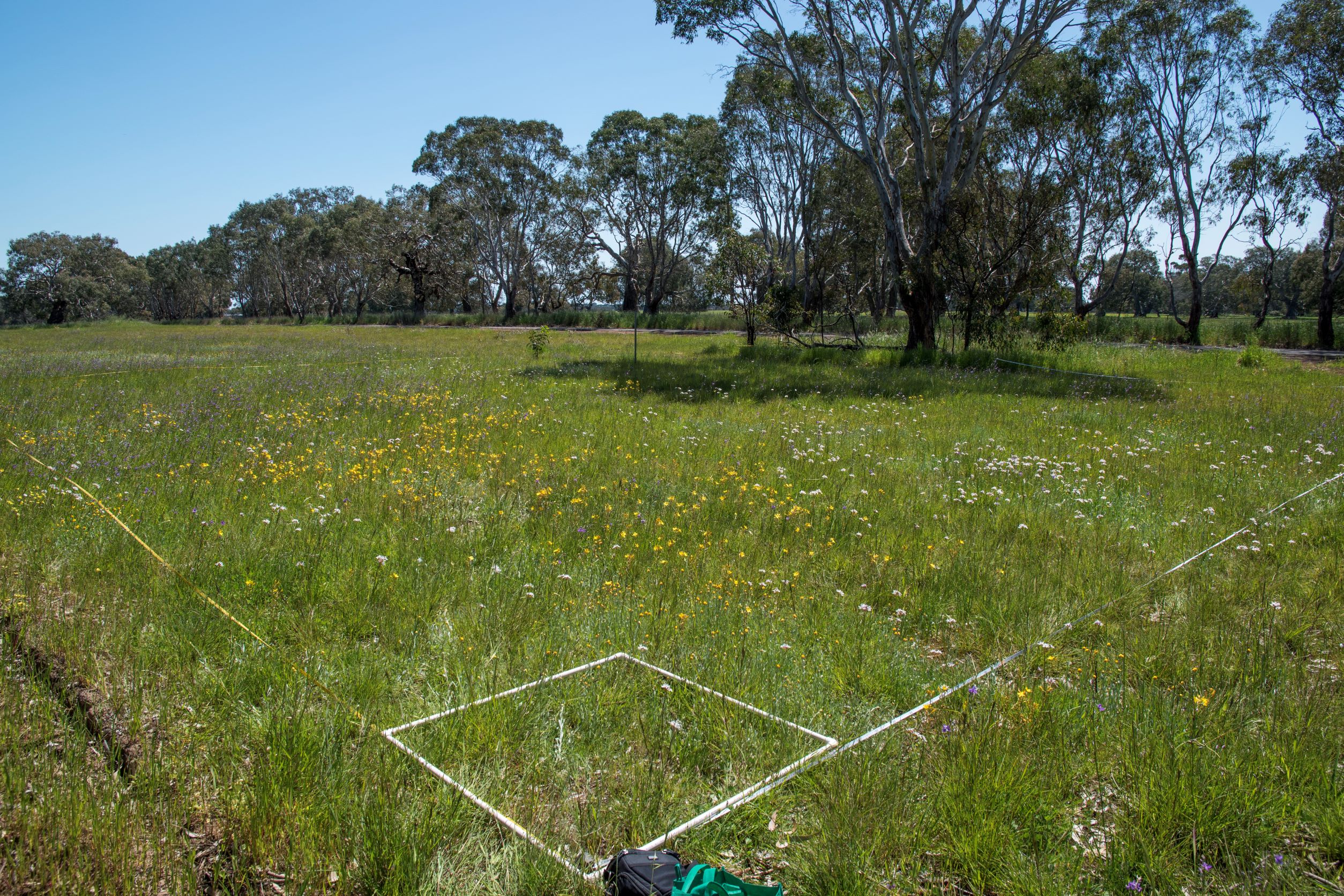

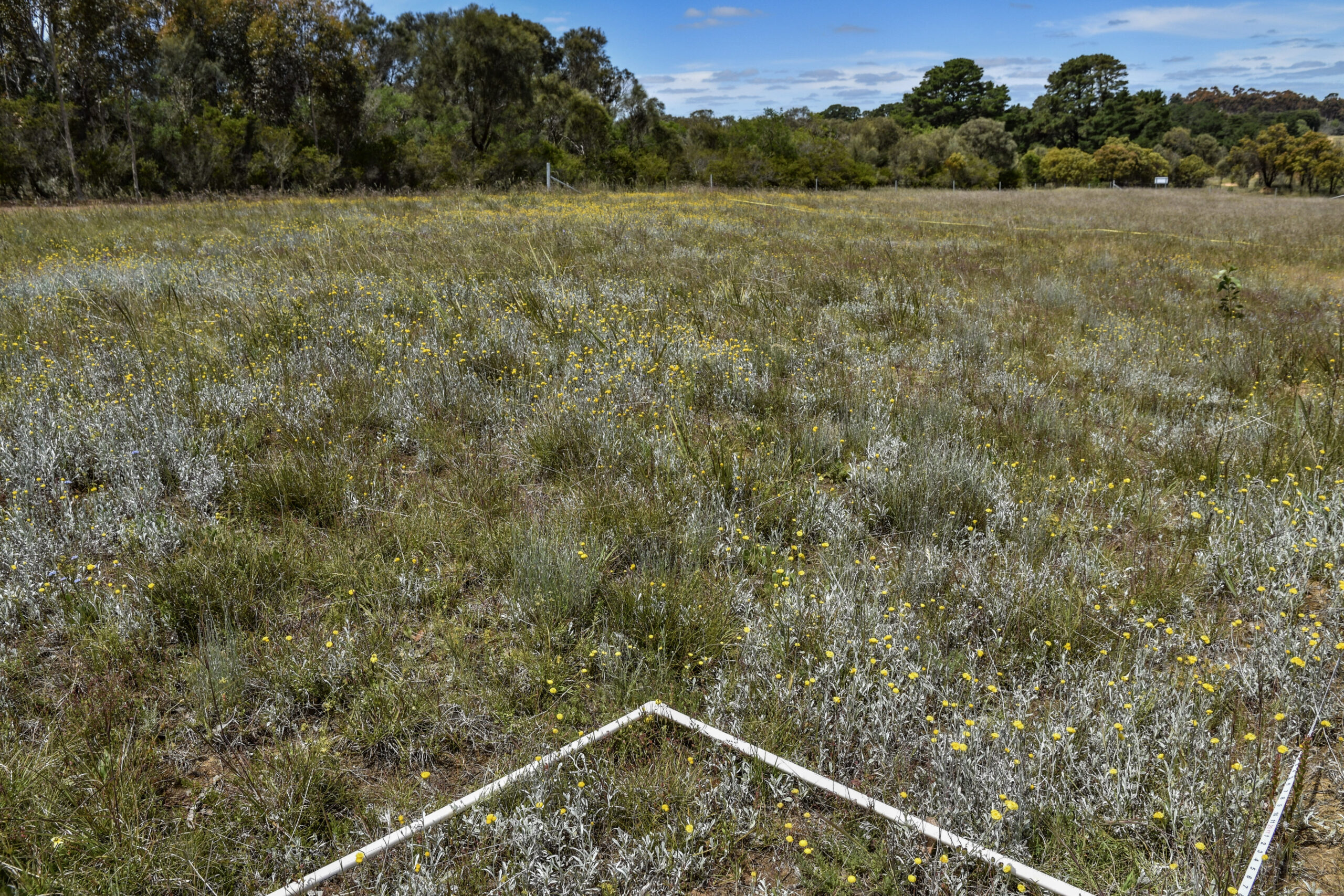
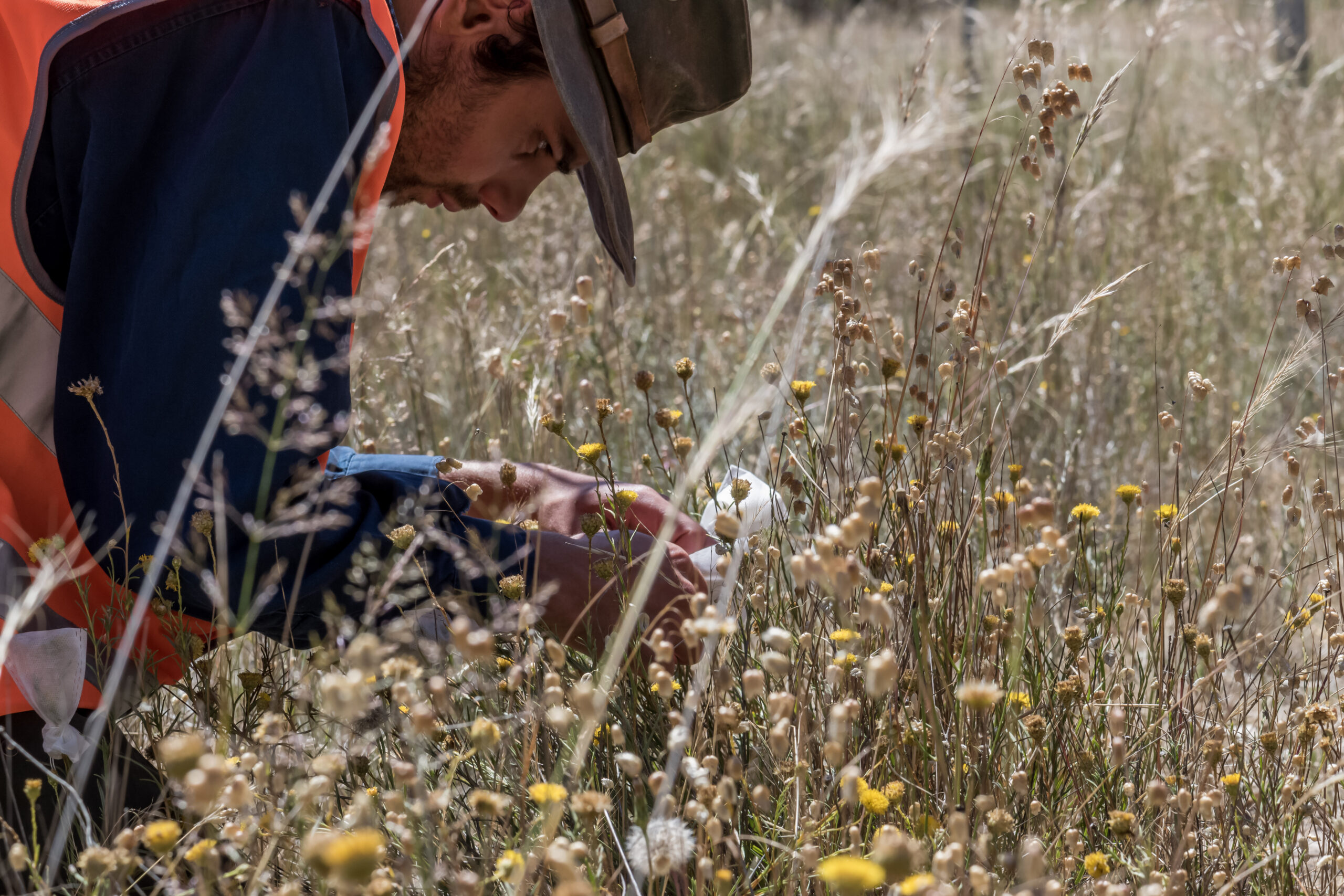
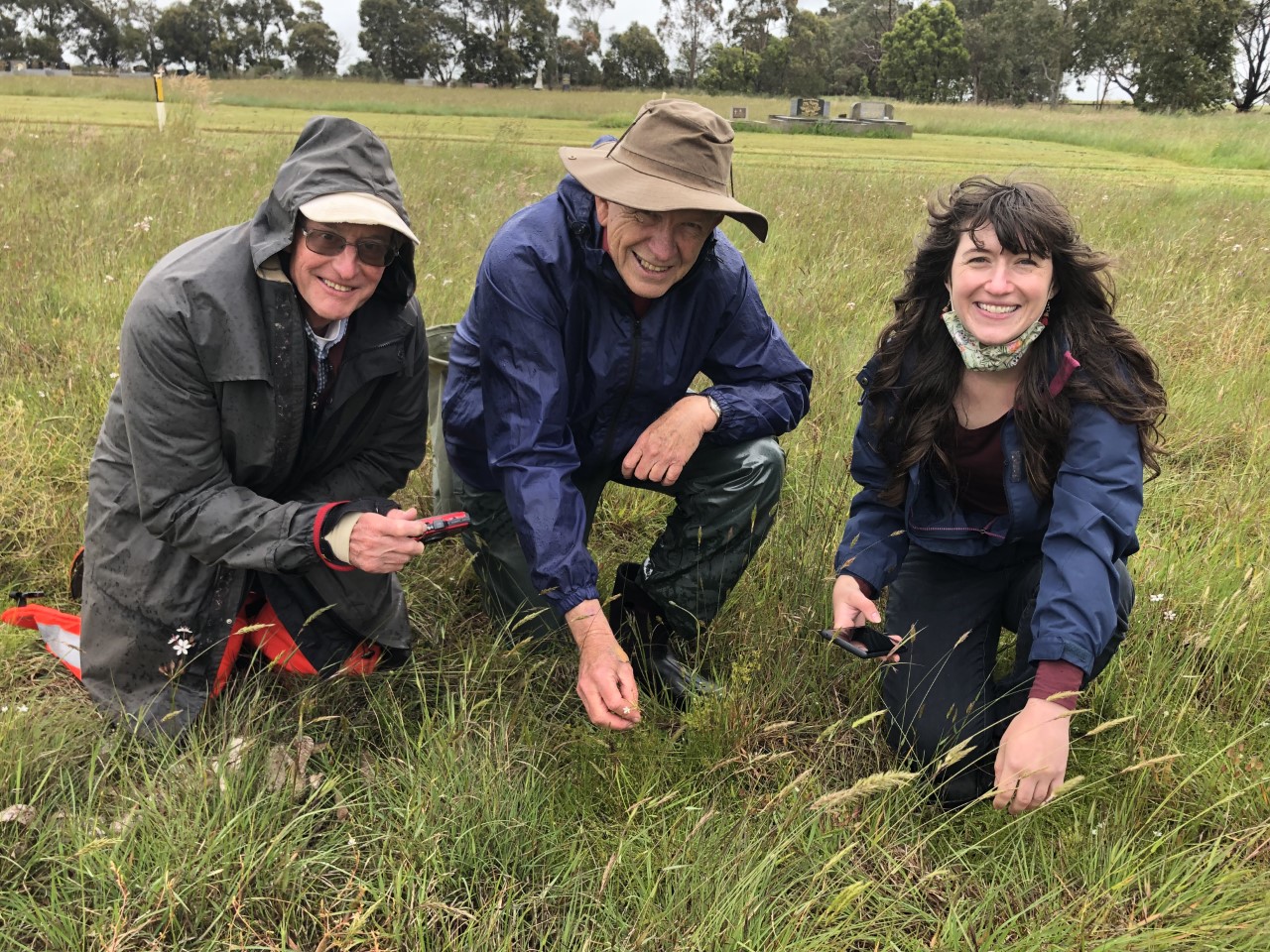
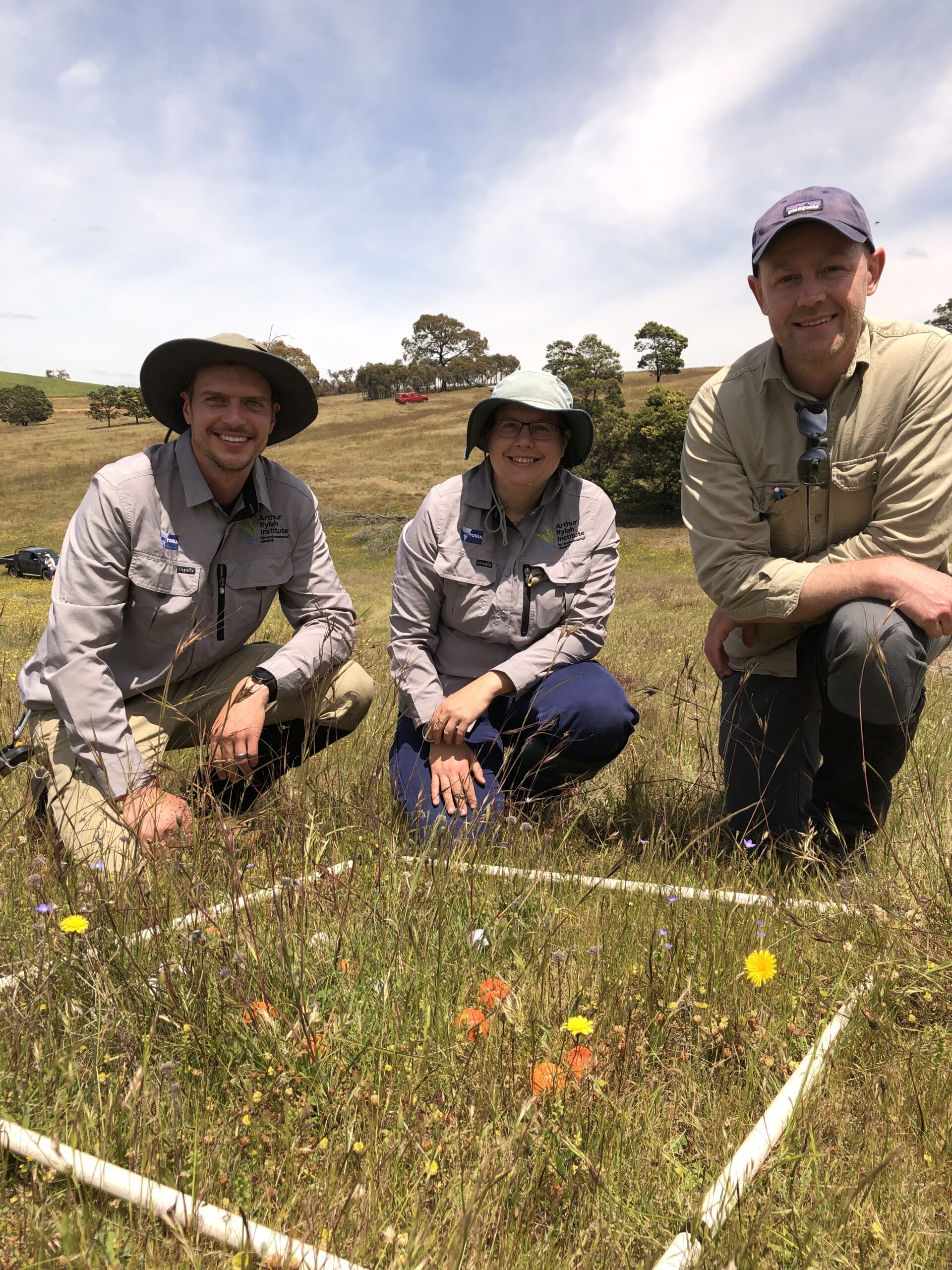
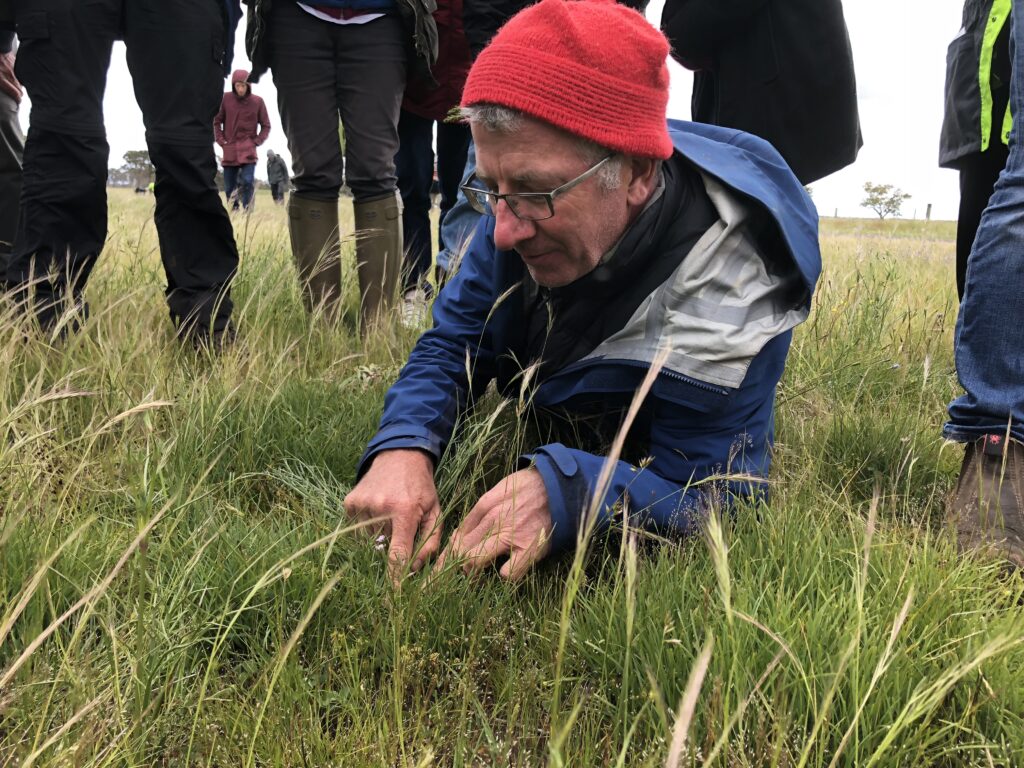
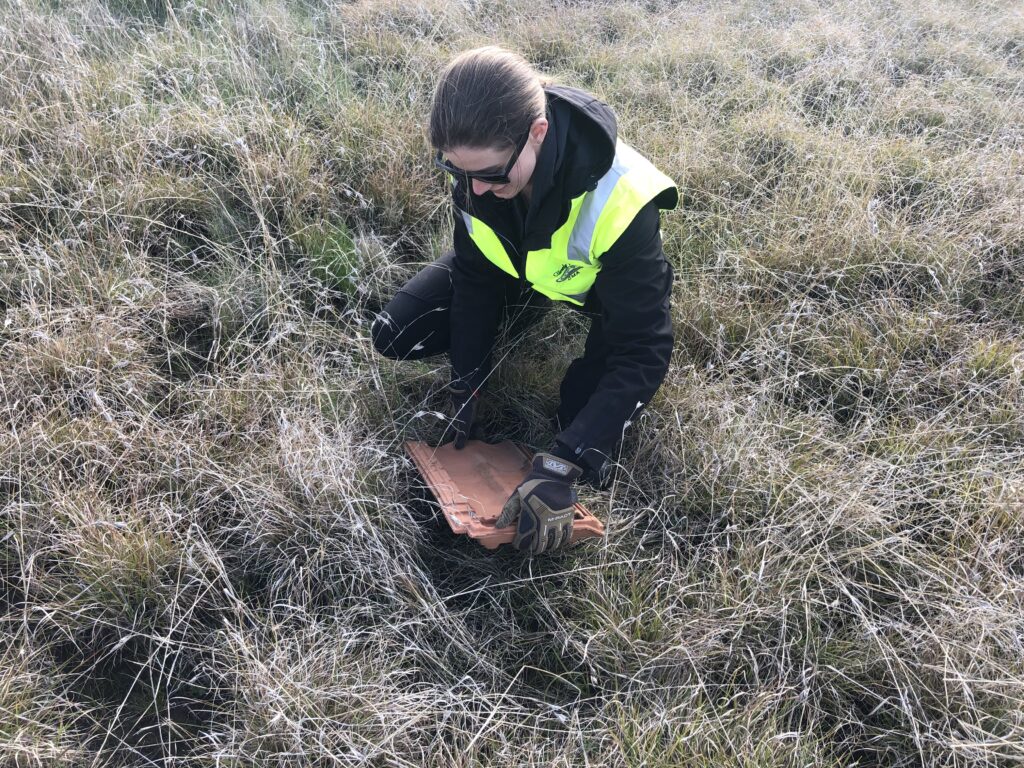
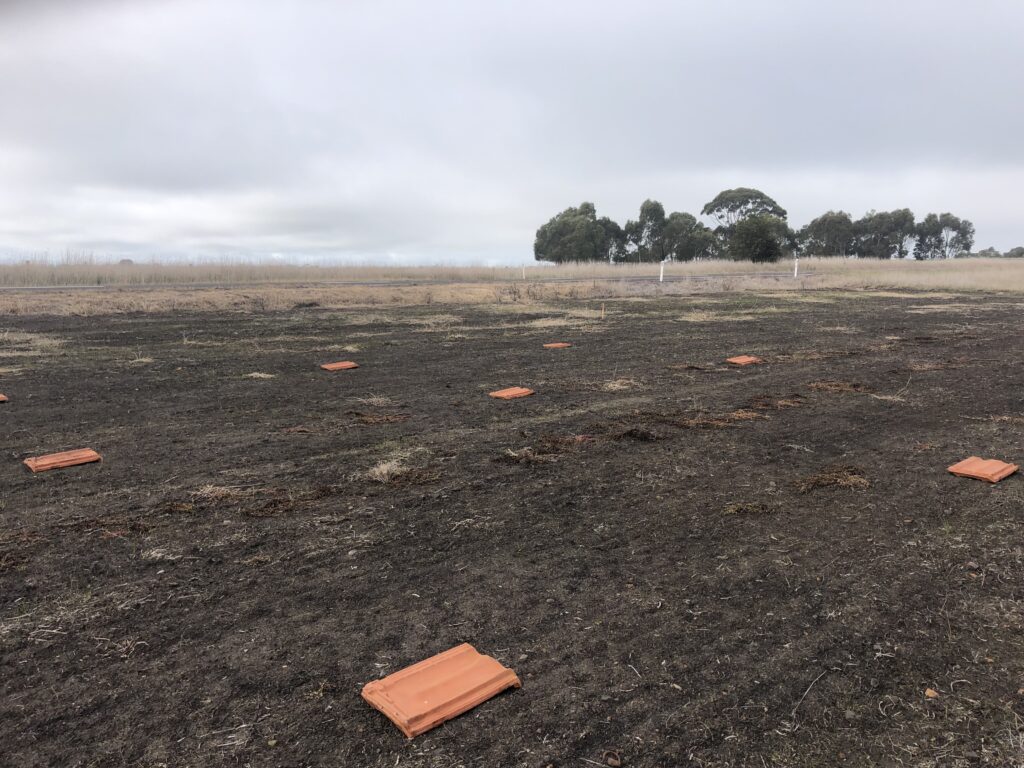
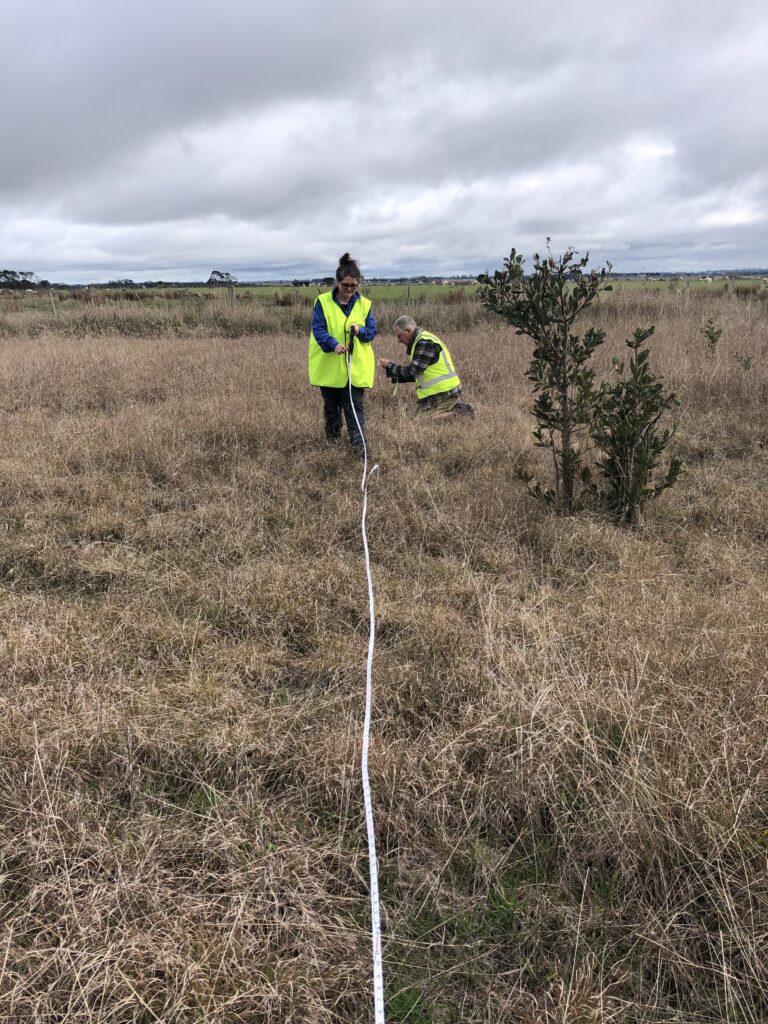
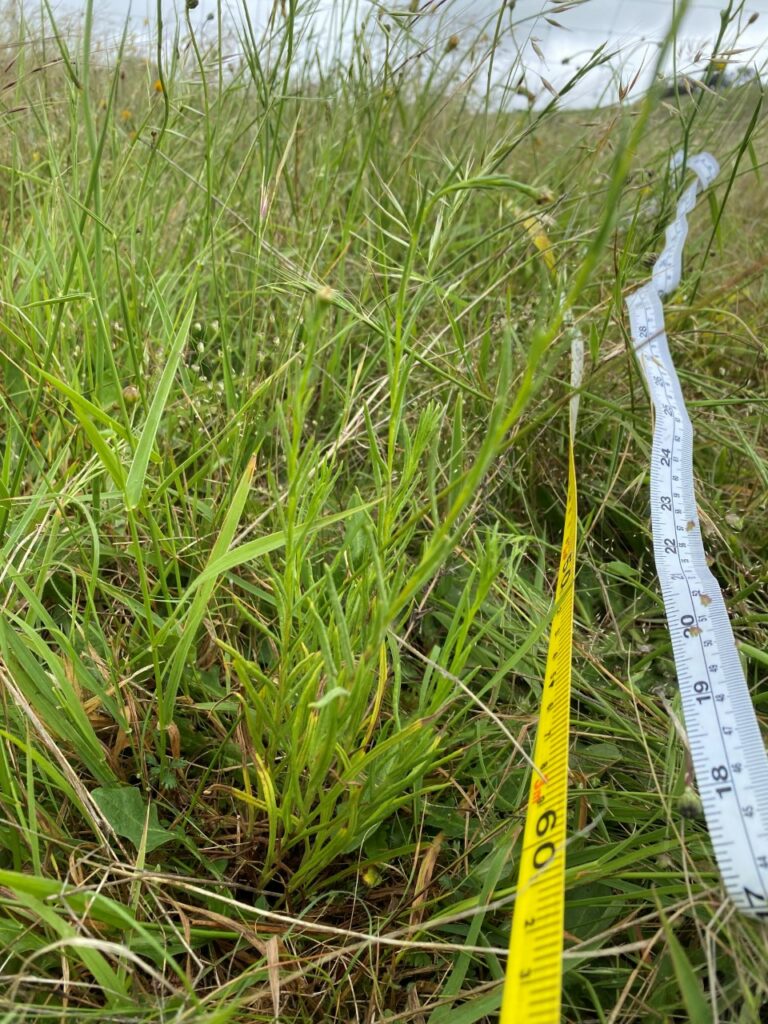
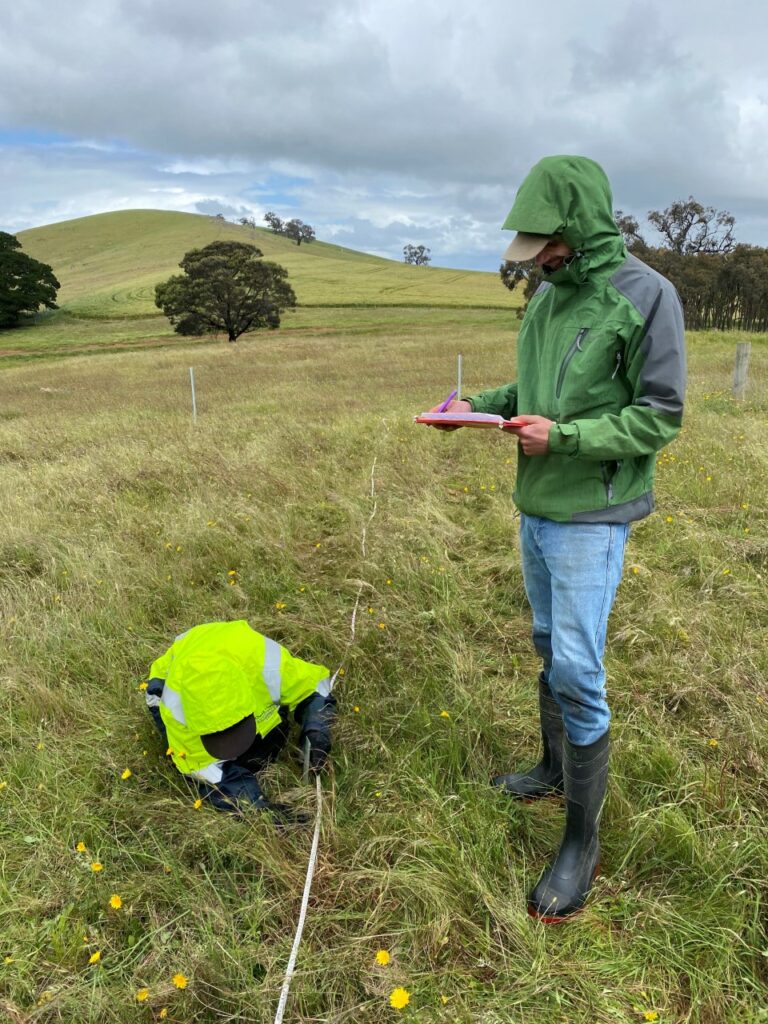
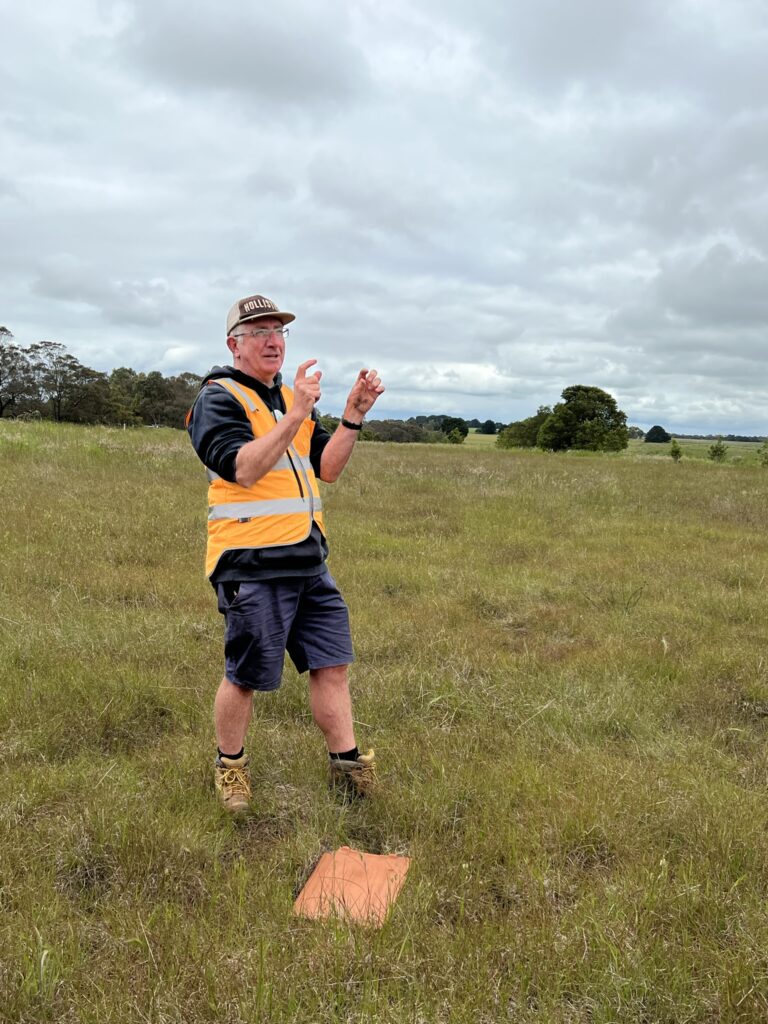
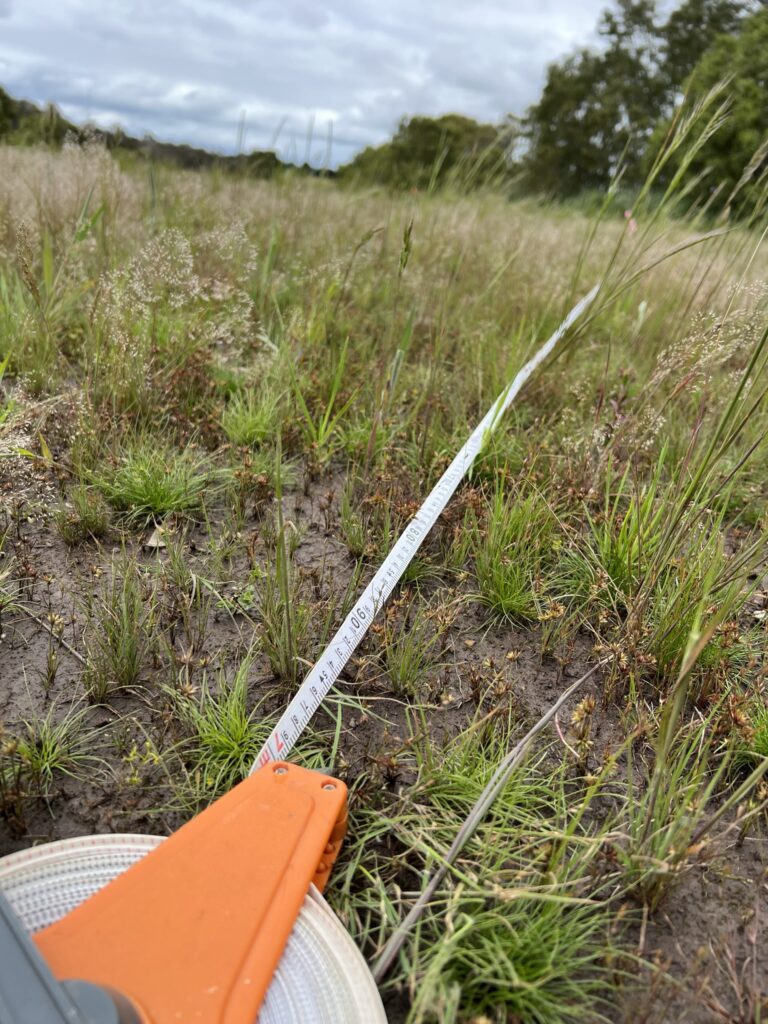
Learn about more plants of the VVP
SPECIES THREE – the plant so new, it doesn’t have a name yet
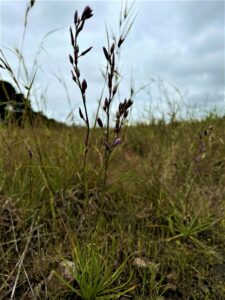
This flower is not the chocolate or vanilla lily often found on the VVP.
This is Arthropodium Species 3 – a plant so new to science it doesn’t have a common name, yet.
Plants resembe the more common Chocolate Lily Arthropodium strictum but are usually somewhat smaller (to c. 80 cm high) differing in having leaves usually with distantly ciliate margins.
Unlike the Chocolate Lily, the flowers are usually several per node, on erect or spreading pedicels to 25 mm long.
Species Three flowers from October through to December.
Learn more about Species Three HERE
The Button Wrinklewort – the coolest named flower ever
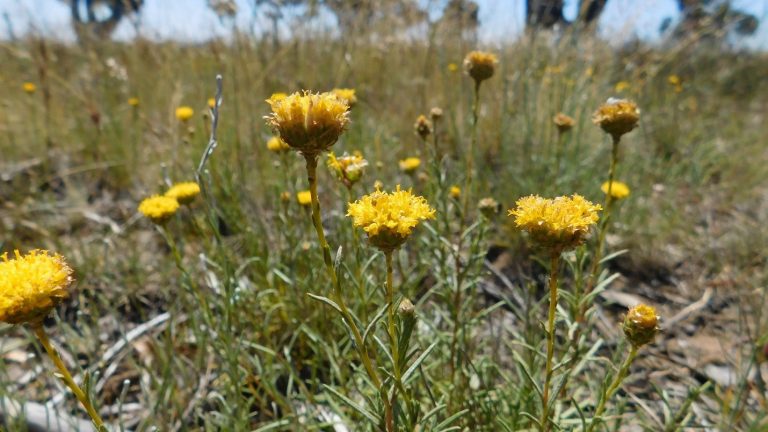
One of the best named Australian plants, the Button Wrinklewort is a perennial daisy, found in only a few public land sites in Western Victoria, and several isolated sites in NSW and the ACT.
It flowers anytime between October and February, where it produces yellow spherical flower heads 8-15 mm in diameter at the end of long flowering stems.
These stems die back over late Summer to Autumn and are replaced by a new basal rosette of leaves in early Winter.
Find out more about how we manage the the Button Wrinklewort
Generational Button Wrinklewort seed collection
How golfballs on grasslands help monitor their health
What other projects do we deliver?
We love the VVP grasslands at the Glenelg Hopkins CMA – but we deliver a much wider diversity of projects. This includes more biodiversity project other than grassland projects, and many on waterways, marine environments, and with private landholders.
See the projects we are currently delivering
Flowers of the VVP grasslands
Each spring he grasslands of the VVP are bursting with colour!
Arguably as beautiful, but much less well known, the grasslands of the Victorian Volcanic Plains region put on some of the most spectacular displays of native wildflowers in Australia … and most of them are just on the roadsides!
Images: Ben Zeeman – Glenelg Hopkins CMA senior project officer, knower of all the grassland species names in latin, and photographer extraordinaire.
